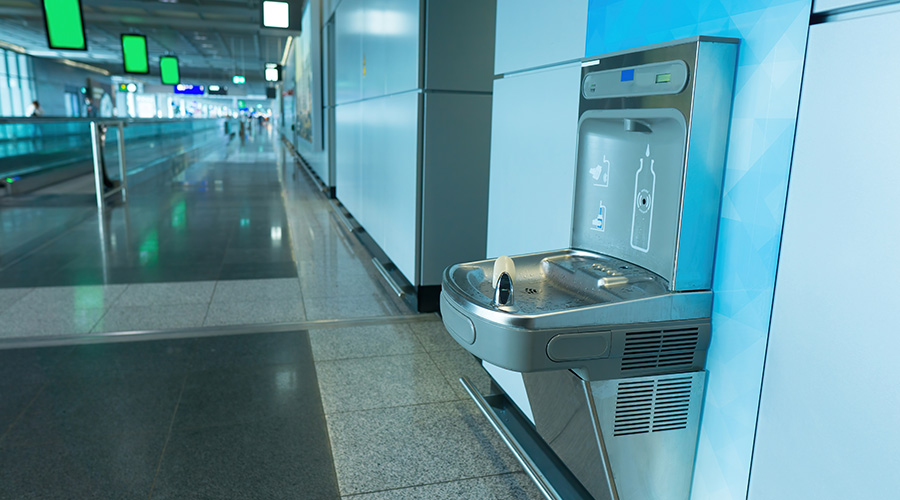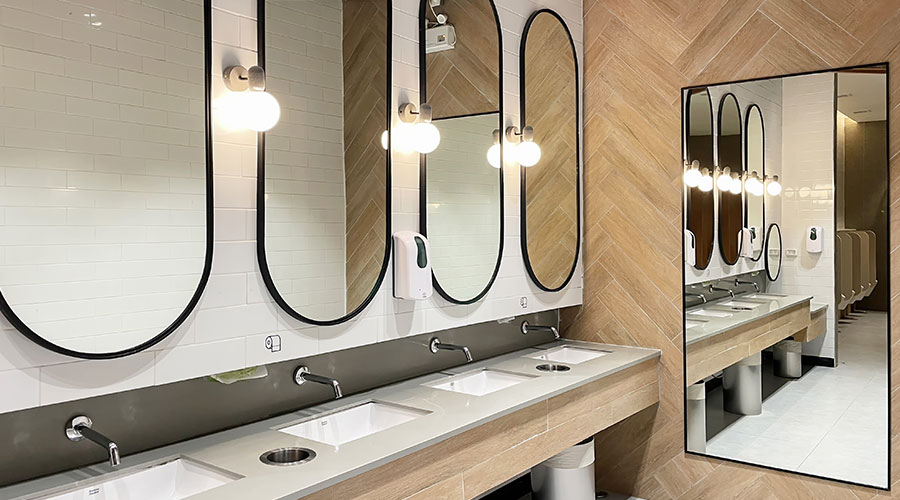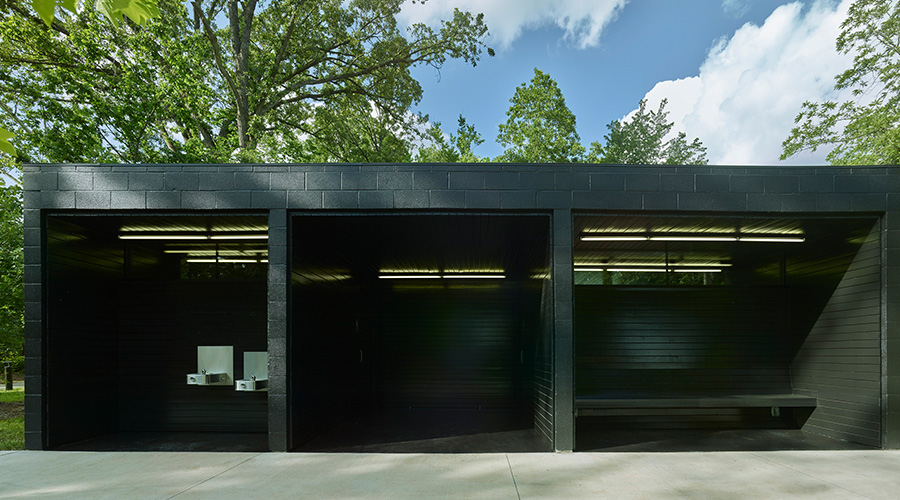Florida County Uses Maintenance Department as an Environmental Steward
Maintenance and engineering managers at institutional and commercial facilities plan with sustainability and energy savings priorities in mind.
In county government agencies where officials often ask their residents to participate in recycling or other energy-saving programs, it is only appropriate that the agency do its part.
"We're stewards of the environment," says Tom Brantley, director of facilities management in Florida's Leon County, which includes the city of Tallahassee. "If we're expecting residents to save money and energy, we have to as well."
Through a series of projects that saved the county thousands of dollars on water bills and preserved millions of gallons of water, the county set an example for its residents that a commitment to water conservation helps the environment and the bottom line.
Savings From Plumbing
The plumbing retrofits started in January 2006 and continued through August of 2007, and were part of the first phase of an energy services company (ESCO) opportunity that has saved the county almost $475,000 a year since completion. The plumbing retrofits represent 11 percent of the yearly savings total from the ESCO opportunity.
Both retrofits happened at law-enforcement agencies. The largest project took place at the 367,490-square-foot, 1,150-bed jail, where 642 stainless steel china fixtures were outfitted with flow-restrictive electronic valves to reduce the flush from 3.5 gallons per flush (gpf) to 1.6 gpf.
"These combination units run in a stainless steel enclosure, so they've got a toilet base in them, they've got a sink, and they've got push-button controls on them now," Brantley says.
Before the valves were added to the fixtures, inmates could flush toilets and turn on sinks an unlimited amount of times each day. The result for the county meant millions of gallons of wasted water use and a frustrated maintenance staff.
"What we had problems with in the past was inmates could push the button, and it could flow until they took their fingers off the button," Brantley says. "Some of them would literally, for paying back society for incarcerating them, would stand there with their finger on the button all day and have to be stopped by the jail staff.
"Sometimes, it would go beyond that a bit and they would orchestrate cacophony and try to pick a time of day where all the inmates would go to their cell and mass flush together, the intent being they were trying to fill the system and backflow it over into the jail just to disrupt things."
Inmates trying to flush bed sheets down the drains also created problems. Initially, the new valves limited the system to 15-second flushes, with a repeat interval of 45 seconds. The current setting is two flushes per minute.
"We can shorten (the interval between flushes), lengthen it, whatever we want to do," Brantley says.
Working in the jail presented the contractors on the job with unique security and installation challenges.
"The project took a little longer because of incidental modifications of powering that had to be performed," Brantley says. "In a couple of instances, we had to run circuits to locations, and all those walls are solid walls because they are in correctional facilities. So it was harder and more cumbersome because you can't do exposed wiring. It all has to be concealed. The contractors have to be accompanied by security detail and checked in and checked out, and they do a tool count in and tool count out."
The county experienced a drastic reduction in water use after the jail retrofit. The retrofits reduced water use from 19.7 million gallons per year to 4.5 million, resulting in savings of $59,220 a year on a project that cost the county $694,592.
Related Topics:













